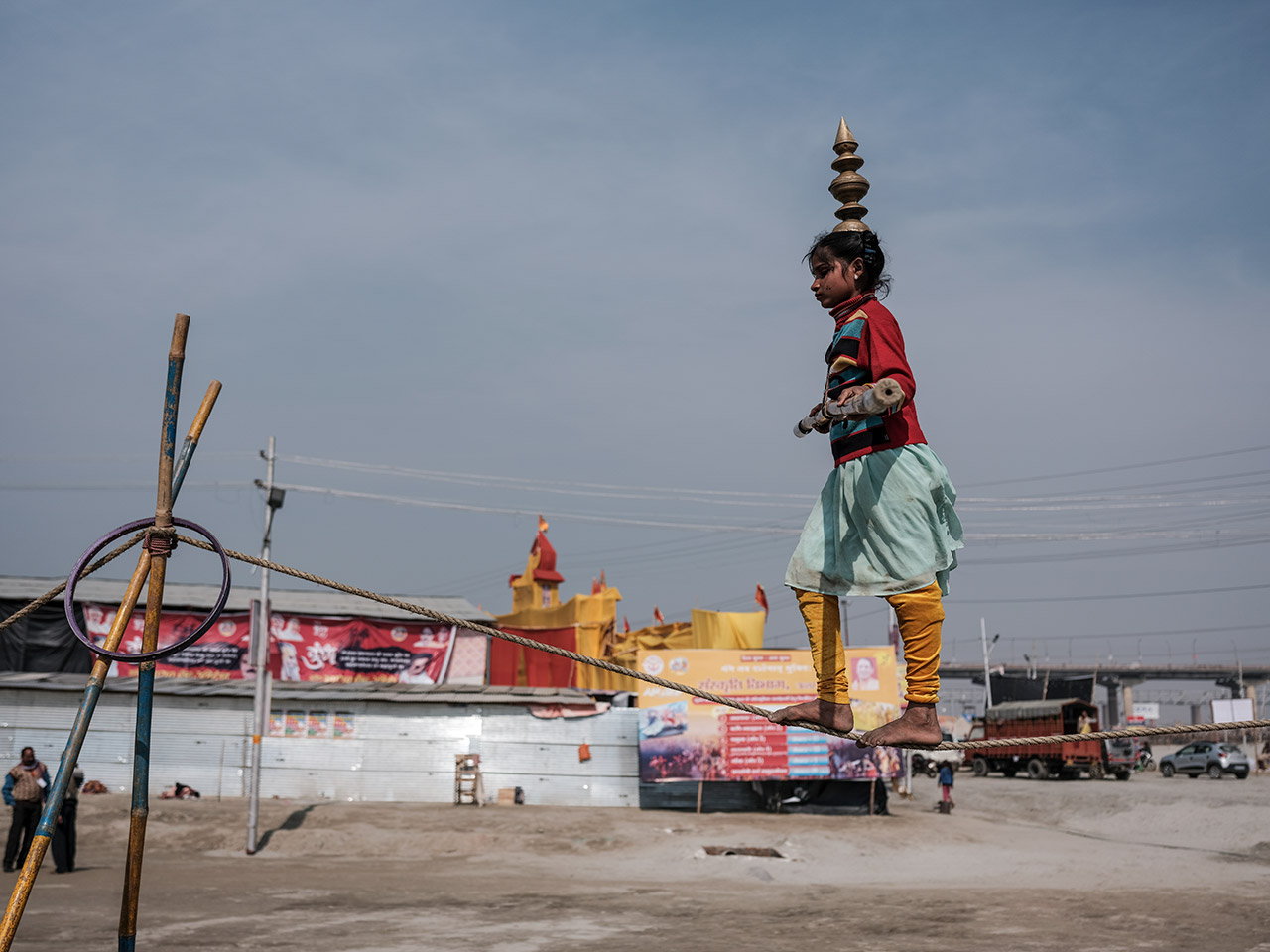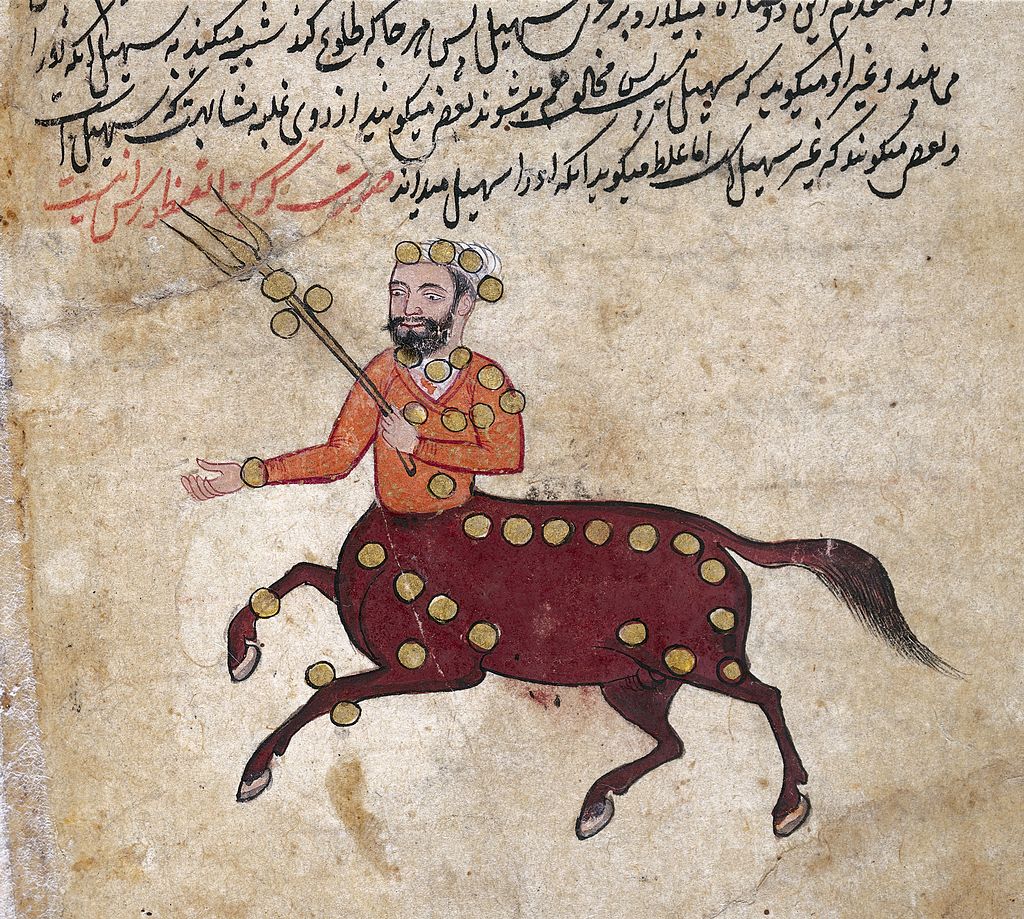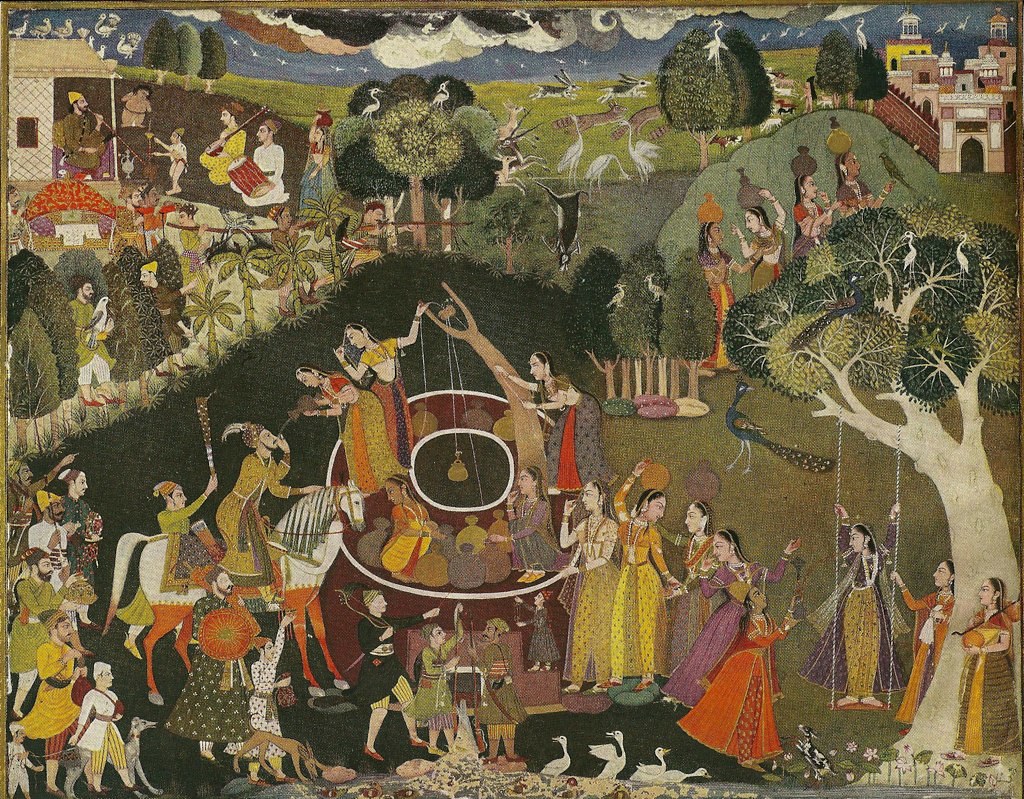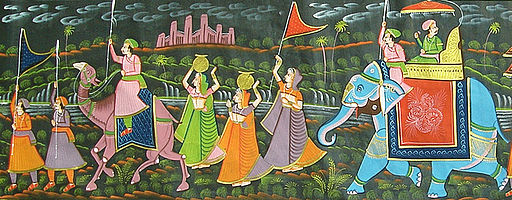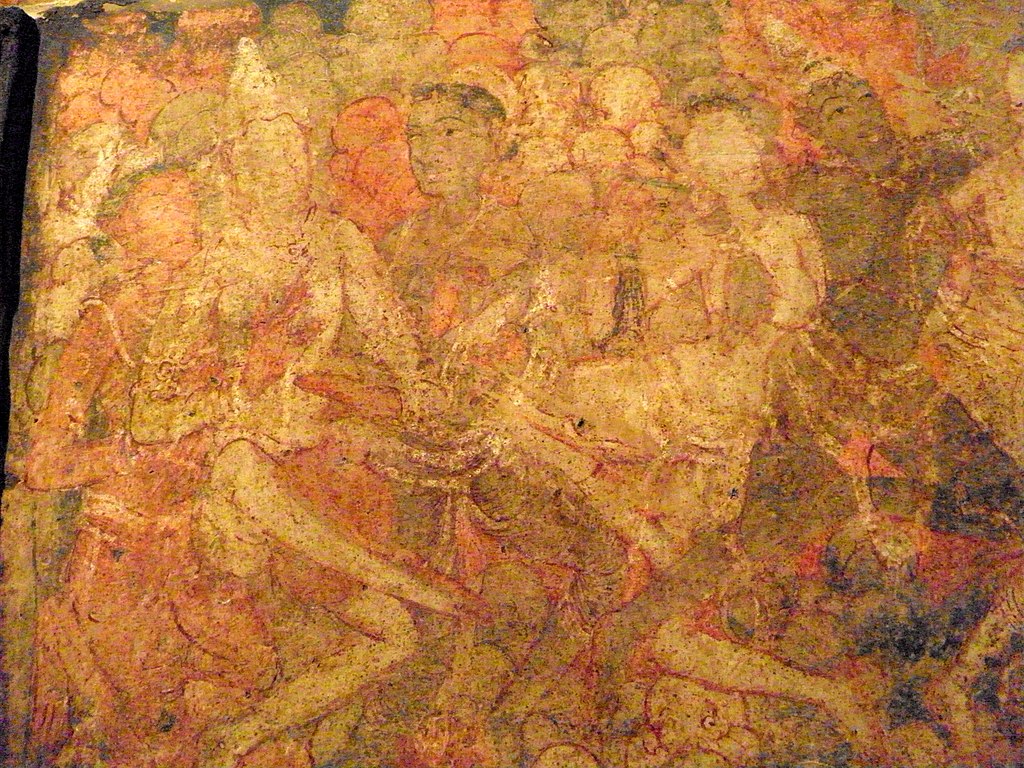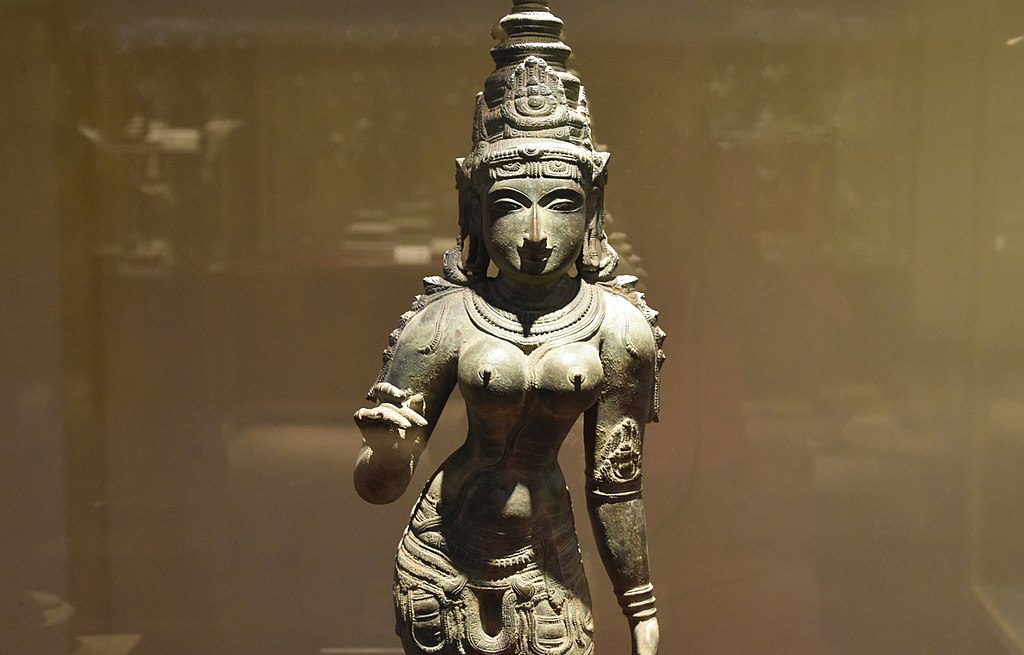
I have always been inspired by nature since my childhood days. During my early summer breaks, my parents would take my siblings and I to different locations in South India, particularly in the State of Tamil Nadu where I was born and raised. We would not just visit the tourist destinations, which included ancient temples, historic places, monuments, and museums, but also wild life sanctuaries, botanical gardens, aquariums, and zoos to experience different sides of nature. My parents had also given me many opportunities to raise different pets at home, namely dogs, fish, and birds.
I can still remember being a ten-year-old girl and visiting the Vedanthangal Bird Sanctuary with my family. Vedanthangal, in my native language Tamil, translates to “hamlet of the hunter.” The city was originally a hunting ground for rich landowners in the early 1700’s who hunted for sport. It would later become home to thousands of migratory birds coming from different parts of the world, including the pintail, grey wagtail, common sandpiper, and blue-winged teal birds. Being a young girl, I was fascinated and inspired by the birds’ beautiful colors and appearances. As the years went by, my love for birds continued to grow.
Suggested Read: The Depiction of Animals & Birds in Indian Arts
Within India, both domesticated and wild animals play a prominent role in the expression of religion and are commonly seen in tourism, farming, and business. Having a love for nature, I became more interested in learning about fauna, especially birds and their associations with Indian mythology and literature. Some of the birds that I began to learn more deeply about were the eagle, peacock, swan, dove, crane, parakeet, and owl. In this article, I will be discussing what have become three of my most favorite mythical birds: the parakeet, peacock, and swan.
The parakeet, meaning “kili” in Tamil, has always been considered sacred in India because of its ability to mimic human speech. Parakeets have appeared in many Indian folktales, and have been celebrated as a messenger, story teller, and teacher. In Hinduism, the parakeet is the vehicle to the God of love, Kama, who rides upon a parakeet steed. Its red beak and green feathers symbolize fertility. In South Indian temples, it is sacred to the Goddesses Meenakshi and Andal. The Goddess Meenakshi is depicted by holding a parakeet on her right shoulder in the world-famous Madurai temple, whereas the Goddess Andal is depicted holding a parakeet on her left hand in the Srivilliputhur temple. The specialty of the parakeets at these temples is that they are handcrafted using green leaves daily.
Parakeet fortune-telling, meaning “kili josiyum” in Tamil, is an ancient Indian tradition used by astrologers to predict the future and has been passed on from one generation to another. It is popular in South India, especially in the states of Tamil Nadu and Andhra Pradesh. Astrologers each have a cage containing one trained parakeet. Then, 27 tarot-like fortune cards are either stacked or spread, with some containing an image of a Hindu deity while others contained images of Buddha or the Virgin Mary. When a patron sits before the astrologer, the astrologer asks for their name and then opens the cage to let the parakeet out, instructing it to pick up a card at random. The astrologer then views the card and based on the image tells the fortune of the patron. Due to a lack of patronage, this practice is weakening in the state of Tamil Nadu. However, in Singapore, it has become a tourist attraction.

The peacock, meaning “mayil” in Tamil, has different meanings in different cultures around the world. In general, it symbolizes freedom, self-expression, spirituality, integrity, love, and an adornment to feminine beauty. It is the national bird of India. In South India, especially within Tamil mythology, the peacock is seen as the vehicle of Murugan, the Hindu God of war, victory, and wisdom. The Goddess Saraswati, who represents education, creativity, and music, is often depicted with a peacock in South India, and with a swan elsewhere. The peacock has been an inspiration and object of wonder, dating back to more than 2000 years. Lord Krishna, who has been an inspiration to artists across the subcontinent, is usually depicted with peacock feathers adorning his head. A Hindu legend says that peacocks were enchanted by the music played on the flute by Lord Krishna and then laid their feathers on the ground before him, after which he promised to wear them forever. Peacocks are often associated with different forms of art, namely ancient and contemporary paintings, murals, and decorative motifs on buildings, and have significance in other cultures as well.

The swan, meaning “anna paṟavai” in Tamil, is a beautiful bird that’s known for its beauty, elegance, and grace. It is depicted in art and folktales not only in India but around the world. Considered by scholars to be either the Mute Swan or the Bar-headed Goose, the swan is the vehicle of Lord Brahma, the Hindu God with powers of creation, and of the Goddess Saraswati, the Hindu Goddess of knowledge and creative arts who is also often depicted as sitting atop a swan while playing an instrument. The swan is considered as a decorative element and a spiritual sign in Indian and Southeast Asian culture. In Hinduism, it is said to eat pearls and is bestowed with magical qualities such as being able to separate milk from water in a mixture of the two and drink only the pure milk. This particular ability of making fine distinctions is an essential requisite of creation. The swan has caught the imagination of painters and poets alike, and stylized versions of it can be seen as woven motifs, carved on wood, and cast in metal lamps. A pair of swans also are known to represent soulmates for life.

Conclusively, birds are wonderful beings that come in a variety of colors and appearances, and each of their kind communicates their own symbolic connection to the world around us. Their relationship with Hindu mythology has vast meaning, as can be seen in parakeets, peacocks, and swans, and is a topic that I am definitely eager to continue exploring.

























